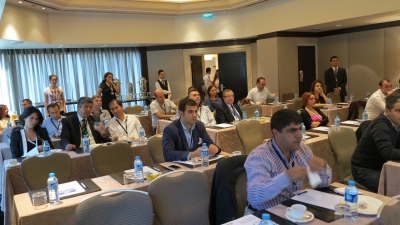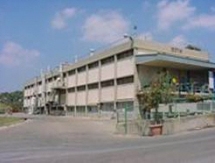In recent years, following some devastating security-related and terror events, the world has become increasingly security conscious and many organizations and facilities have begun to screen and examine all those wishing to enter their gates or specific areas.
Furthermore, steps are being taken to prevent illegal, access for malicious purposes. Despite advances in surveillance and screening technologies, the hard core of any security system is its security personnel, who are faced daily with situations where their physical security and well being are under threat.
Physical security measures
When assessing which physical security measures must be installed to protect people’s lives, a number of factors need to be taken into consideration:
Threat assessment
Where the threat to physical security is most liable to come from, and what forms of threat are the most probable. For example, a car bomb demands one set of physical security measures while the threat of shooting or stabbing needs a different set of physical security measures.
Job description and restrictions
The job demands and descriptions of security personnel also determine the type of physical security measures to be put in place. If security officers need to be mobile and unrestricted, then a static guard post or cumbersome body armor, whilst providing excellent physical security measures, may cause them to carry out their tasks poorly.
Physical characteristics of the site
These characteristics also play an important role in determining physical security measures. Flat, open spaces demand a different physical security setup than that of a building or industrial complex.
Budget
Unfortunately, budgetary considerations are often at the top of the list when it comes to physical security measures. Remember, that your personnel are your most valuable asset.
This article is the first in a series of articles that describes the functions of an Integrated Access Control System.
An access control system determines who is allowed to enter or exit, which zones are they allowed entering or exiting, and when they are allowed to enter or exit.
The system should provide the minimum following functionalities:
- Physical access control to buildings, parking lots, restricted areas
- Visitors Control and management
- Vehicles Control and management
- License plate recognition system (LPR) or unique tags
- Emergency management
- Handling hazardous materials
- Zone management
- Lone worker management
- Events management
- Badge issuing
- Full integration with time & attendance system
- Full integration with CCTV system
- Full integration with alarm & BMS system
- Event management from all systems.
The Security Management System should be a modular and networkable access control system, capable of providing alarm monitoring, video imaging and badging, and CCTV switcher control, that allow for easy expansion or modification of inputs, outputs and the management of remote control stations.
The system should support both manual and automatic response to alarms / events entering the system.
Each event will be capable of number of different actions, such as: camera switching, door control, card or PIN validation, and be able to send alert messages to different groups of people (supervisors or security guards) by SMS, E-mail or screen display messages.
Access Control functions should include validation based on time of day and day of week, holiday scheduling site code verification, video image storage and retrieval of cardholder photographs, and access validation based on positive verification of card, biometric and other identification means.
 +44 208 900 9991
+44 208 900 9991 +01 480-374-7770
+01 480-374-7770



